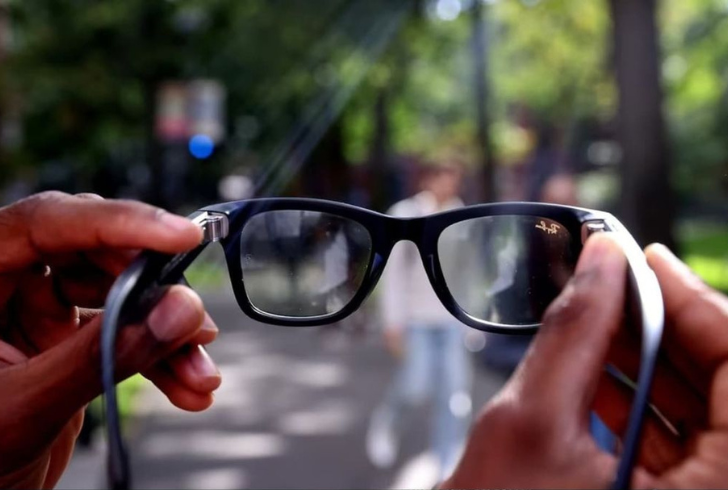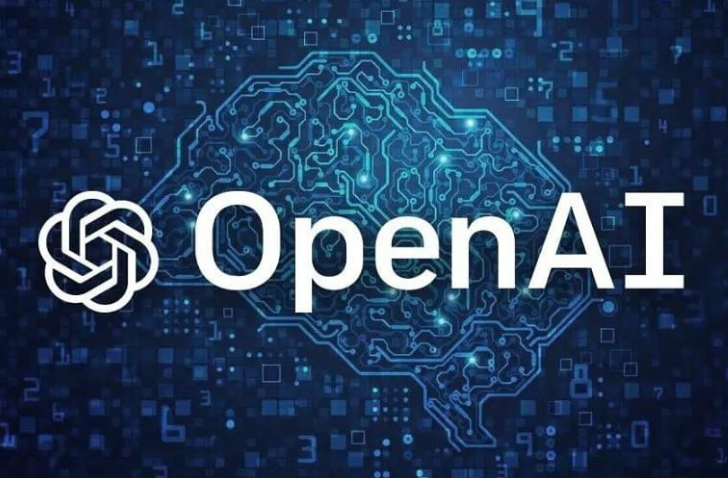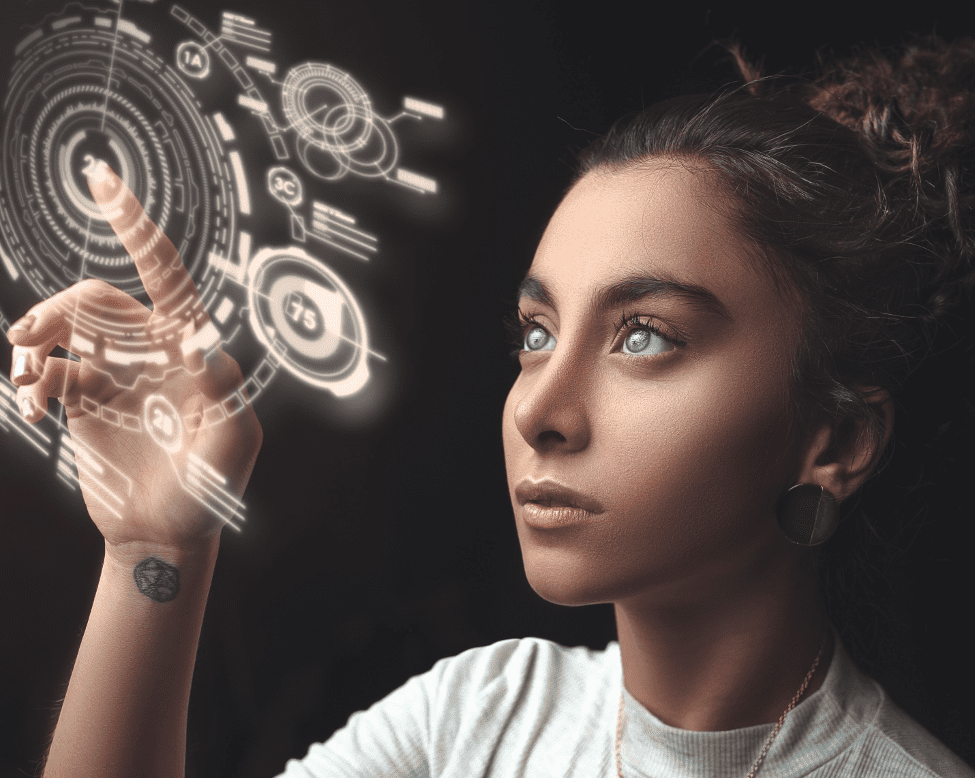Two Harvard students, AnhPhu Nguyen and Caine Ardayfio, are making waves with their project that integrates Meta AI Facial Recognition technology into Meta’s Ray-Ban smart glasses. Their invention has opened up new possibilities for combining artificial intelligence (AI) with everyday gadgets, and it’s creating excitement for its future uses in different industries.
A New Way to Use AI in Everyday Wearables
Nguyen and Ardayfio developed a project called I-Xray, which uses Meta Ray-Ban glasses to scan video footage and identify people by matching their faces with information available online. This powerful facial recognition technology can identify individuals quickly and in real-time, raising both excitement and concerns about privacy.

Instagram | entrepreneurshipquote | I-Xray uses AI for real-time facial recognition.
The students gained a lot of attention when they posted a demonstration of this technology. But this isn’t their first breakthrough. They had already built several high-tech gadgets through Harvard’s AR/VR club, a group they founded in their sophomore year. Some of their earlier projects included a flamethrower, a finger-controlled electric skateboard, and a robotic tentacle.
Future Plans for AI in Construction and Manufacturing
The students aren’t stopping at facial recognition in glasses. They see huge potential for Meta AI Facial Recognition and other AI tools in industries like construction and manufacturing. They believe AI can make these industries more efficient and safer by automating tasks that require human judgment.
For example, AI-powered robots in construction could use large language models (LLMs) to make decisions on their own. In the past, a robot would need a human engineer to program each movement. Now, robots with LLMs can think for themselves. If a person stands in their way, they can decide to wait or find another way around, just like a human worker would.
The Role of AI Language Models in Innovation
Large language models like OpenAI’s ChatGPT and Anthropic’s Claude have changed how fast new AI technologies can develop. These models allow machines to “think” and make decisions in ways that weren’t possible before. This rapid advancement is what’s driving projects like Nguyen and Ardayfio’s forward.
Ardayfio explained that just in the last six months, AI reasoning has grown at an incredible pace. This makes it easier for innovators to create smarter, more adaptable tools. Whether it’s a robot on a construction site or a wearable device, these advancements make AI-powered machines more practical and efficient.

Instagram | earnyourleisure | OpenAI drives innovation with powerful language models.
Practical Applications for AI in Real-World Settings
Nguyen and Ardayfio want to take AI technology to the next level. Their goal is to use Meta AI Facial Recognition and other AI tools to improve industries like construction and manufacturing. By making machines more intelligent and responsive, they aim to improve productivity and safety in the workplace.
Their focus is on creating AI tools that are not only smart but also capable of making decisions on their own. This has the potential to change how industries operate by reducing the need for manual programming and making machines more intuitive.
AI in Everyday Life From Gadgets to Real-World Tools
Beyond construction, Nguyen and Ardayfio have explored AI applications in everyday life, such as augmented reality (AR) glasses. One of their projects involves AI glasses that can fact-check statements during conversations in real-time. This could change how people interact with information on a day-to-day basis, making it easier to verify facts and stay informed during discussions.
Their work isn’t just about making cool gadgets. They’re creating tools that have the potential to reshape industries and make AI more accessible in both personal and professional settings. Their innovations show just how far AI can go, especially when it’s combined with everyday technologies.




